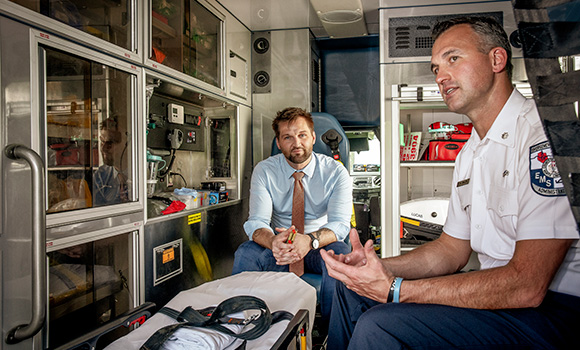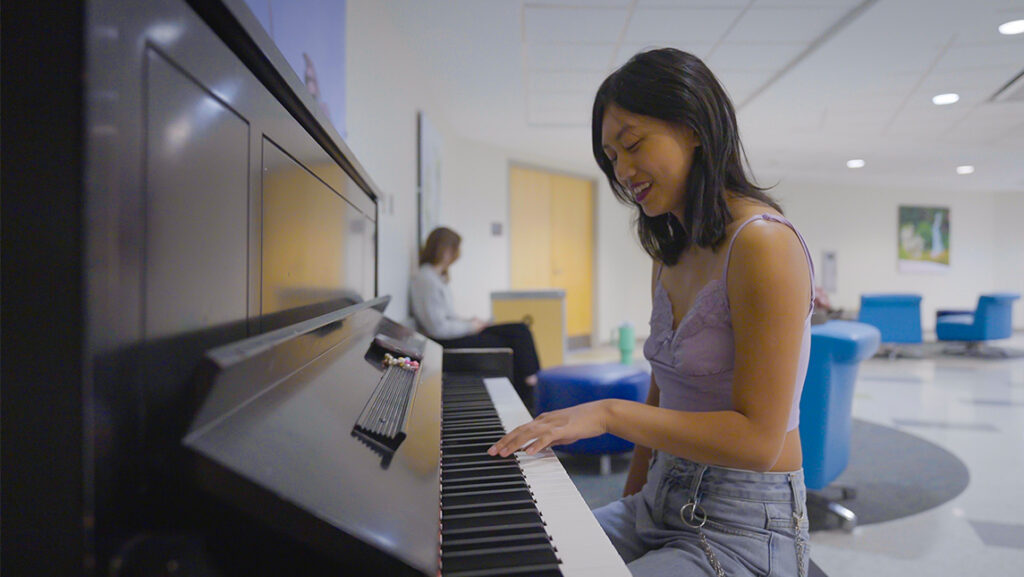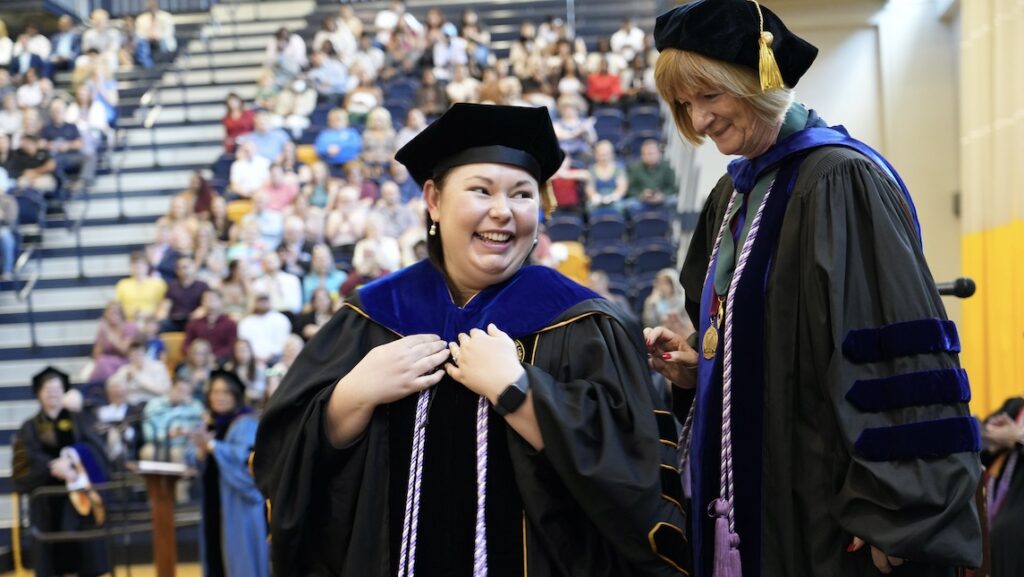The post below originally appeared in UNCG Research Magazine as part of a larger story on cardiovascular disease research. To read more and to view additional images, visit researchmagazine.uncg.edu.
During a heart attack, the phrase “every minute matters” is not a cliché. It’s a harsh reality with what can be deadly consequences.
Cardiologists will tell you that “time is muscle.” The longer you wait before getting treatment for a heart attack, the more heart tissue dies.
Typically, when emergency personnel arrive at the scene of someone experiencing heart attack symptoms, they use an electrocardiogram, or EKG, to measure the heart’s electric activity and determine if a heart attack is taking place. But here’s the catch: For about half of individuals experiencing a heart attack, an EKG won’t detect abnormalities.
If the EKG confirms a heart attack, emergency personnel can activate a system in which the hospital swiftly prepares for the incoming patient. If not, the patient has to go through the emergency department and do additional testing to confirm the heart attack.
Meanwhile, tick-tock goes the clock. And more heart muscle dies.
UNCG’s Dr. Jianjun Wei in the Joint School of Nanoscience and Nanoengineering has found a potential solution in a point-of-care biosensor built with nanostructures.
It all starts with biomarkers: substances in an organism whose presence, in this case, is indicative of disease.
Troponin, a family of proteins found in the cardiac and skeletal muscles, has been identified as a biomarker for cardiovascular disease and can be measured in a simple blood sample. When the EKG results are inconclusive and patients head to the hospital for more blood work, this is the biomarker that medical professionals are looking at. But again, it takes too much time. And time is muscle.
Wei’s solution is a biosensor that, with the simple prick of a finger, would detect high troponin levels almost immediately, right at the scene.
In 2015, Wei received a $306,000 National Science Foundation (NSF) grant to focus on the first step in the process: perfecting the protein detection chip. In 2018, Wei’s team received a $50,000 NSF I-Corps grant to conduct customer discovery interviews and begin commercialization of their technology.
Wei and his team are designing the device specifically for the pre-hospital setting – for the paramedics and EMTs serving on the front lines. Wei is focused on the protein delivery and detection technology, while Dr. Taylor Mabe – who completed his PhD in Wei’s lab in 2018 – serves as the entrepreneurial lead.
As Mabe gets feedback from potential customers and partners in the community, Wei makes appropriate changes to the chip, with additional guidance from Glenn Seymour, a senior-level sales and business development executive with decades of experience in bringing products like this to market.
In the fall, Mabe participated in a ride-along with Chris Wilson, Guilford County Emergency Services manager and public information officer. The experience showed Mabe just how chaotic these emergency situations can be – and how well the final device will need to hold up in these conditions.
“The device will need to be durable, easy to use, and accurate. It needs to withstand temperature changes and motion – these are things we didn’t think about at first,” Mabe says.
The goal is to complete the device in the next three to five years. Currently, the group is exploring a variety of funding opportunities to secure investment from a company with the engineering capabilities to design the device, which will include the sensor, a light source, a signal detector, and data processor.
Wei doesn’t view the biosensor as a replacement to current methods. Rather, it would be used as a complementary technology – one that would increase accuracy and save time.
Down the road, there could be broader applications.
“It’s not only for hospitals or medical professionals – it could be for individuals in their home,” Wei says. “Eventually, maybe it’s something that is integrated in your phone.”
Story by Alyssa Bedrosian, University Communications
Photography by Martin W. Kane, University Communications



